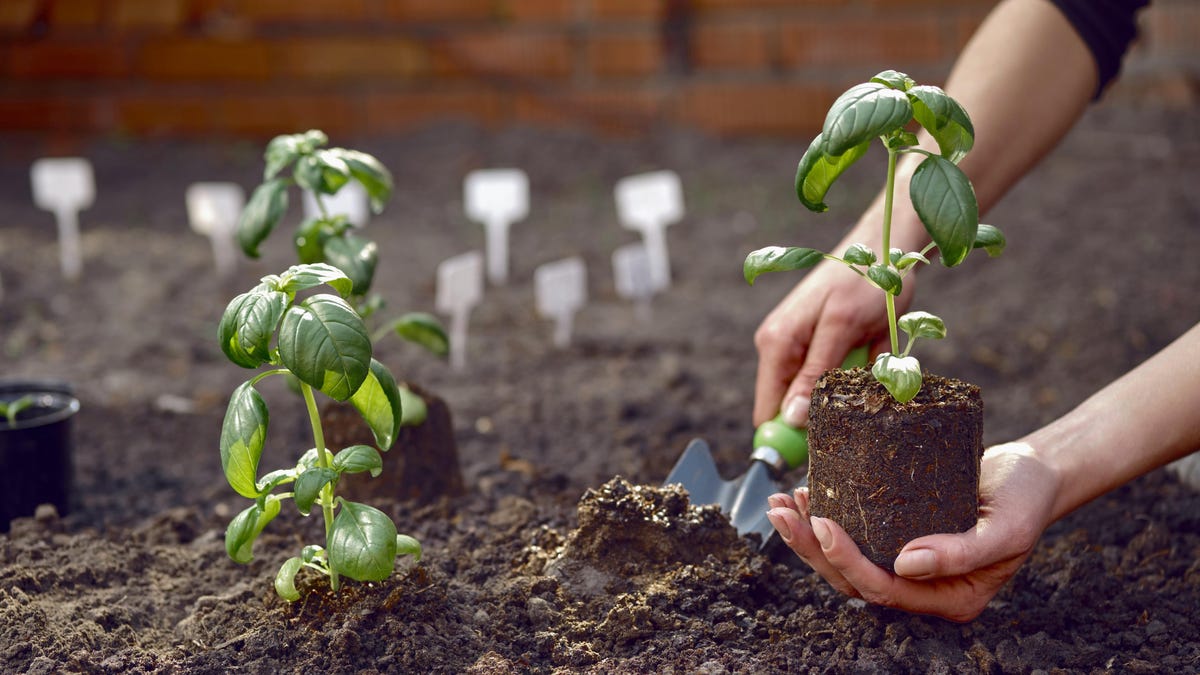It’s Not Too Late to Start Your Summer Garden
If you think you waited way too long to get your garden going this year or if, like me, you live in a place where it rained nearly every day through spring and until the end of June, there...


Photo: nazarovsergey (Shutterstock)
If you think you waited way too long to get your garden going this year or if, like me, you live in a place where it rained nearly every day through spring and until the end of June, there is still hope for you yet. There are things you can plant now, and ways to get industrious with your garden, even if you have missed out on those tomatoes and summer squash. Here’s how to create a late season garden you can still be proud of.
Herbs, vegetables and flowers that can be planted late
One of the quickest ways to get some green on a barren garden plot is to grow some herbs. They can grow you lots of flavor and fragrance, and the bees love their flowers. Dill, basil, rosemary, mint, and lavender can all be planted in mid-summer and likely still thrive. Rosemary and lavender might need a little longer to mature, though, so if you live in an area with freezing temperatures during autumn, you will need to begin with a start rather than a seed.
You can also consider planting late-season crops like spinach, brussels sprouts, and butternut squash. Pumpkins and acorn squash will also grow later in the season and yield fruit well into the fall. Remember to check your hardiness zone by entering your location here and compare it to the information on your seed packet to ensure the plants will survive in autumn in your climate zone.
For late season flowers to add some color and attract pollinators to your garden, there are plenty of varieties that will bloom if you plant them in July. Zinnias, hollyhocks, red poppies, lantana, and cosmos will all bloom if you plant them soon. If you’re not up for growing flowers from seeds, hanging baskets are a great low-effort option—fuscias, begonias, and petunias will all do well during the summer months in a hanging basket.
Water, trim, and compost
The secret to speeding up your late-season plants is watering. Making sure that your plants get plenty of water, either in the evening or early morning will help them grow healthy roots and get water into the plants’ circulatory system before too much moisture evaporates. Most gardeners who live in areas where slugs can be an issue will want to water in the early morning, but if you live in a very hot area, watering in the evening might be your best bet.
To get more out of your garden next year, and to extend the flowering season of rose bushes, “deadheading” or trimming off the flowers that have bloomed and are beginning to lose their petals will yield you more flowers. If you live in an area with a long warm season, you might get a second round of color from your rose bushes if you do this, but you will almost definitely get more flowers next year if you deadhead your roses this year.
Another great way to get ready for next year is to start a compost pile. You can get a turnable bin or use a box and turn it over once in a while with a rake and a shovel. Making your own compost now will mean that you have some rich, free fertilizer to start out with next season, and you’ll be cutting down on the amount you throw in the garbage.

 Konoly
Konoly 































